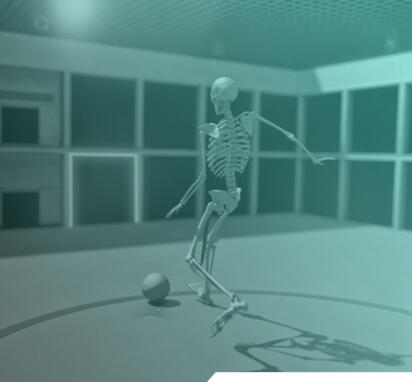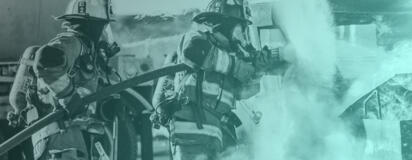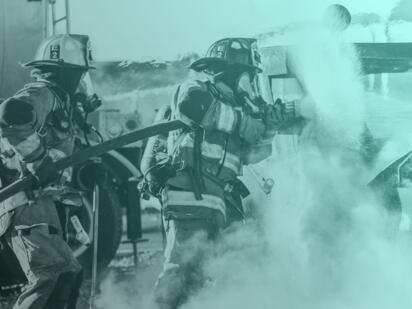Muscular and Skeletal Strain in Football
By detecting potential indicators of muscle fatigue in football athletes such as inappropriate movement patterns and overstrained muscles, practitioners can act upon this information to implement further strategies towards injury prevention. Currently, a testing battery is being developed that observes standardized movement patterns using biomechanical software to screen athletes for indicators of physical fatigue. The aim is to use the results to adapt individual training interventions if required.
Highlights
1. Repetitive movements such ask kicking, fast change of direction and accelerations contribute to groin injuries
2. 16 motion capture cameras were mounted on the Footbonaut to examine the passing technique of 65 high level players
3. A 49% increase in hip adductor muscle force was found between the U12 and U15
4. Large increase in muscle force leaves adolescent football players at risk for overuse injuries

Abstract sourced from Dupré et al., (2019)
Purpose: The sudden rise in the injury incidence during adolescence, is also evident in soccer related injuries to the groin. Submaximal passing applies high stress on the adductor muscles and pubic symphysis and is therefore likely to be connected to the occurrence of groin injuries. Therefore, the purpose of the study was to compare hip joint kinematics and adductor muscle forces of different adolescent age groups during submaximal soccer passing. Methods: Sixty participants, in four groups, below 12, 15, 16 and 23 years (U12, U15, U16, U23), were analyzed. A Footbonaut, equipped with a 3D motion capture system consisting of 16 cameras, was used to capture kinematic data of short passes. Inverse dynamic analysis was performed to calculate muscle forces of ten passes of each subject. Results: The U15 group showed reduced angular velocities. A rise in hip adductor muscle forces was evident from the youngest group up to the oldest groups. The largest increase (49%) was found between U12 and U15. Lower limb mass was identified as the best predictor for the increasing adductor force. Conclusion: The reduced angular velocities of the U15 and the increase in muscle forces between all age groups was attributed to the increasing segment masses and length. This increases the moments of inertia of the leg segments thereby demanding higher forces to accelerate the segments. Most likely, the stress put upon the adductors apophyses increases during adolescence, as tendons are known to adapt slower than muscles, increasing the risk for overuse injuries. Coaches could use lower limb mass as an indicator for fast increases in the force demand to identify players who would benefit from a reduced training volume.
Scientific Journal Publications

Thron, M., Härtel, S., Woll, A., Ruf, L., Gross, T., & Altmann, S. (2021). Physical match performance and injuries in professional soccer before and after the COVID-19 break. Science and Medicine in Football, 5(sup1), 31-34.

Boukhris, O., Trabelsi, K., Ammar, A., Hsouna, H., Abdessalem, R., Altmann, S., ... & Chtourou, H. (2021). Performance, muscle damage, and inflammatory responses to repeated high-intensity exercise following a 40-min nap. Research in Sports Medicine, 1-18.

Dupré, T., Lysdal, F. G., Funken, J., Mortensen, K. R., Müller, R., Mayer, J., ... & Potthast, W. (2020). Groin injuries in soccer: investigating the effect of age on adductor muscle forces. Medicine and science in sports and exercise, 52(6), 1330-1337.




